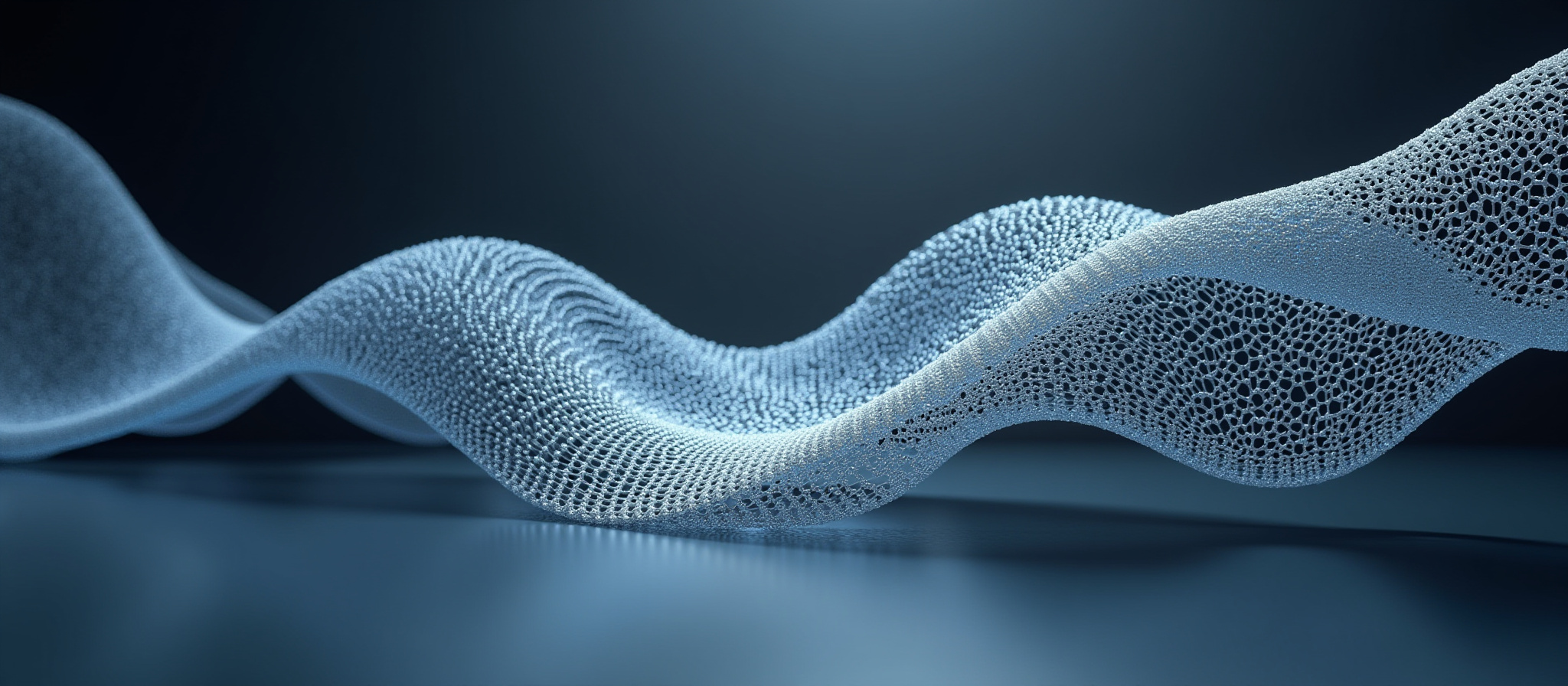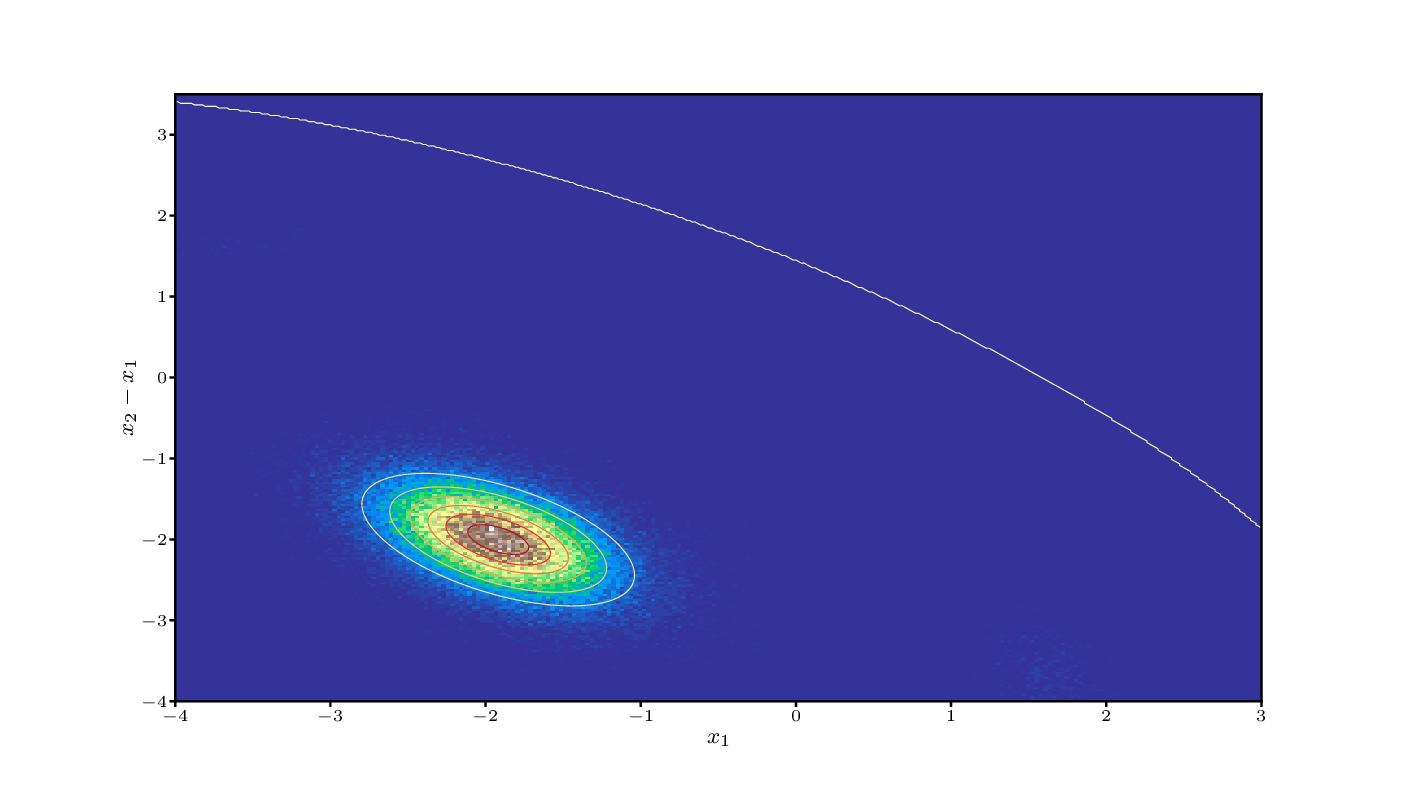Non-Equilibrium Mechanics Laboratory

Welcome to the Non-Equilibrium Mechanics Laboratory at the University of Pennsylvania, where we develop and apply cutting-edge theoretical and computational methods to understand, predict and design material behavior.
Our Vision
The Non-Equilibrium Mechanics Laboratory is an interdisciplinary research group led by Prof. Celia Reina that integrates continuum mechanics and thermodynamics, statistical physics, applied mathematics, and modern machine learning techniques. Our vision is to develop models that preserve the physical fidelity of lower-scale simulations, such as atomistic and mesoscale dynamics, while achieving the efficiency and versatility of continuum frameworks. We are interested in a wide range of phenomena, including plasticity in metals and disordered media, phase transformations, viscoelasticity, diffusion-driven processes, and wave propagation in metamaterials. The laboratory is housed in the Department of Mechanical Engineering and Applied Mechanics at the University of Pennsylvania, and is part of the Penn Institute for Computational Science, located at 3401 Walnut Street.

Research Highlights
Our work bridges scales through two complementary strategies:
Bottom-up approaches
These start from atomistic and particle-level dynamics to build thermodynamically consistent macroscopic models. In this direction, we have developed a non-equilibrium statistical mechanics framework for thermodynamics with internal variables. This breakthrough makes it possible—for the first time—to derive non-equilibrium models, such as phase-field descriptions of phase transformations, entirely from first principles, without relying on experimental data or lower-scale simulations.

Top-down approaches
These aim to uncover the governing models from macroscopic observations, whether numerical or experimental. To this regard, we have integrate modern machine learning methods—including physics-informed neural networks (PINNs) and diffusion models—with thermodynamics and statistical mechanics for the first time. This allows us not only to discover suitable internal variables and their dynamics but also to uniquely characterize the thermodynamic potentials and kinetic operators governing the evolution.

Recent Publications
From Langevin dynamics to macroscopic thermodynamic models: A general framework valid far from equilibrium
T. Leadbetter, P. K. Purohit, and C. Reina.
Journal of Non-Equilibrium Thermodynamics, accepted for publication. [web]
Bridging statistical mechanics and thermodynamics away from equilibrium: a data-driven approach for learning internal variables and their dynamics.
W. Qiu, S. Huang and C. Reina.
Journal of the Mechanics and Physics of Solids, 203, 106211 (2025). [web]
A statistical mechanics derivation and implementation of non-conservative phase field models for front propagation in elastic media.
T. Leadbetter, P. K. Purohit, and C. Reina.
Journal of the Mechanics and Physics of Solids, 204, 106240 (2025). [web]
Statistical-Physics-Informed Neural Networks (Stat-PINNs): A Machine Learning Strategy for Coarse-graining Dissipative Dynamics.
S. Huang, Z. He, N. Dirr, J. Zimmer, and C. Reina.
Journal of the Mechanics and Physics of Solids, 194, 105908 (2025). [web]
A statistical mechanics framework for constructing non-equilibrium thermodynamic models.
T. Leadbetter, P. Purohit, and C. Reina.
Proceedings of the National Academy of Sciences of the United States of America Nexus, 2.12, pgad417, (2023). [web]



